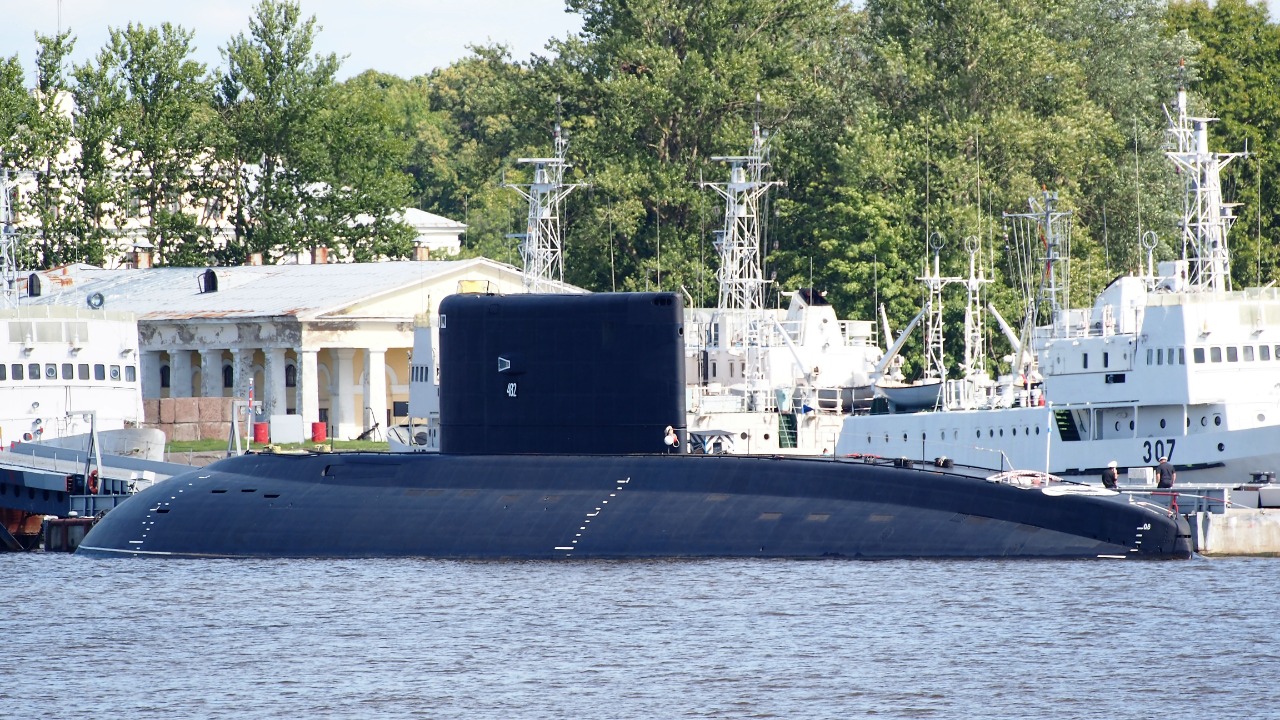
The Massive Landkreuzer P. 1000 Ratte
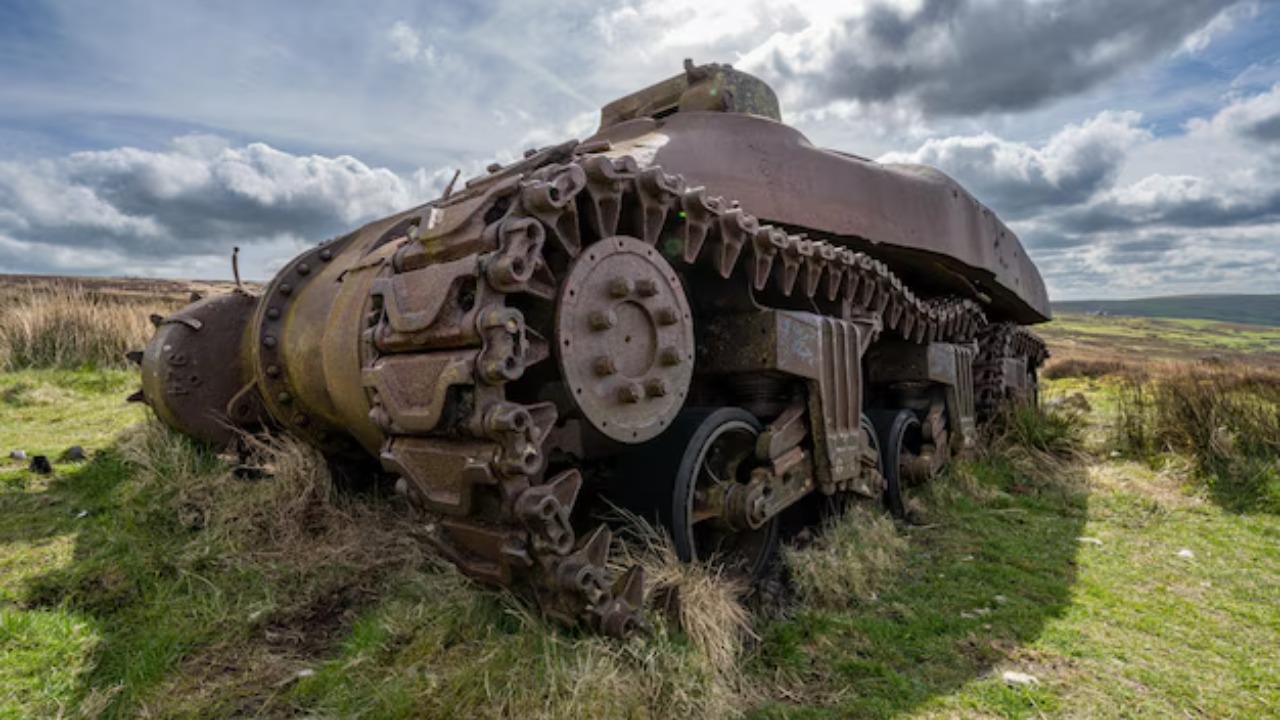
The Landkreuzer P. 1000 Ratte was an ambitious project by Nazi Germany during World War II. This proposed super-heavy tank would have weighed 1,000 tons and measured over 115 feet in length. Despite its impressive design, the Ratte was deemed impractical due to its enormous size and vulnerability to air attacks. It never moved beyond the planning stages, serving as a reminder of how bigger isn’t always better when it comes to military vehicles.
The Enormous Antonov An-225 Mriya

The Antonov An-225 Mriya holds the title as the world’s heaviest aircraft. Originally built to transport the Soviet Union’s space shuttles, this behemoth can carry up to 640 tons. The An-225’s size and weight make it impractical for many military operations, limiting its use to specialized transport missions. Despite this, the aircraft remains an engineering marvel and a testament to Soviet-era ingenuity.
The Gigantic USS Enterprise (CVN-65)
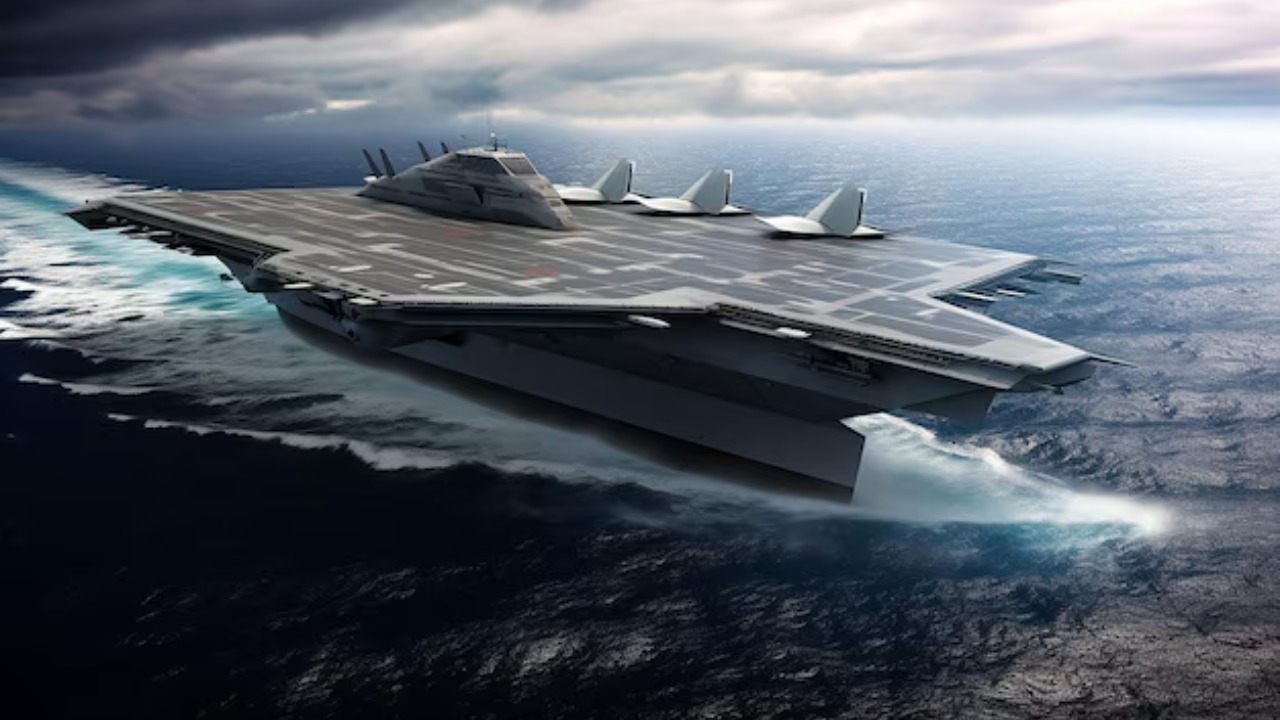
The USS Enterprise was the world’s first nuclear-powered aircraft carrier. Measuring over 1,100 feet in length, it was a floating city capable of supporting an extensive crew and air wing. While its size allowed for significant power projection, it also presented logistical challenges, such as docking and maintenance. The USS Enterprise was decommissioned in 2012, but it left a lasting legacy in naval history.
The Colossal Typhoon-Class Submarine
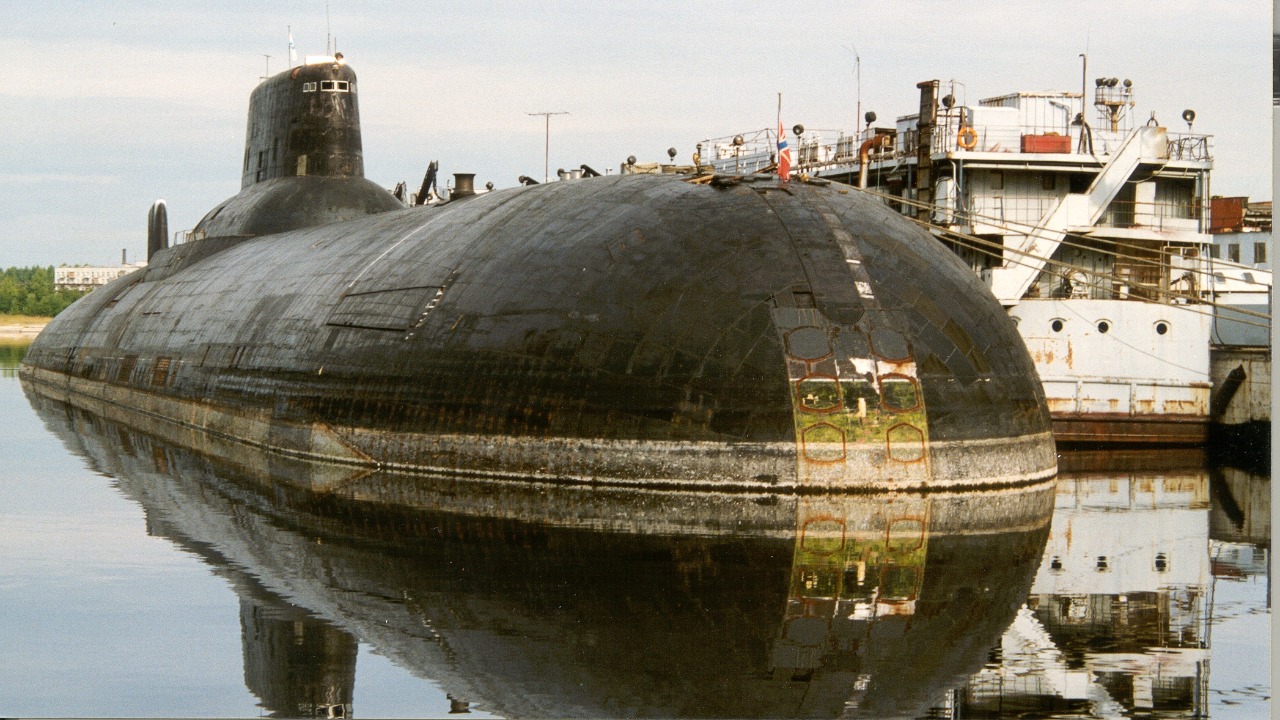
The Typhoon-class submarine is the largest ever built, with a length of over 570 feet. Designed during the Cold War, this Russian submarine could carry 20 ballistic missiles, making it a formidable deterrent. Despite its impressive capabilities, the Typhoon’s sheer size makes it costly to operate and maintain, leading to its gradual phase-out in favor of more modern, efficient designs.
The Vast Bagger 288 Excavator
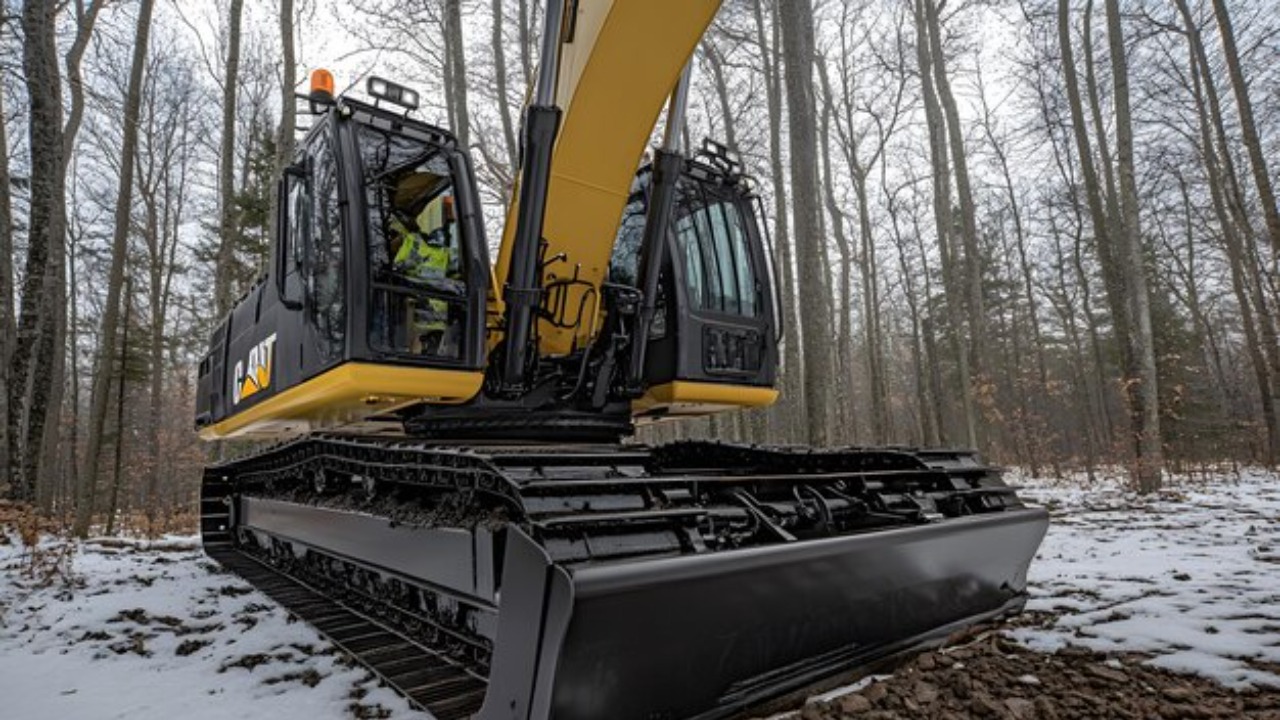
The Bagger 288 isn’t a traditional military vehicle, but its massive size has earned it a place on this list. This bucket-wheel excavator is over 700 feet long and weighs 13,500 tons. While designed for mining, its potential for military use, such as clearing land for large installations, is limited by its cumbersome size and slow speed. The Bagger 288 illustrates how massive machines aren’t always suitable for military purposes.
The Immense Crawler-Transporter

NASA’s Crawler-Transporter is a crucial component of space exploration, used to move rockets to their launch pads. Weighing in at about 6 million pounds, it is one of the largest self-powered land vehicles in the world. Despite its critical role in space missions, its size and slow speed make it unsuitable for military operations. The Crawler-Transporter is a specialized vehicle designed for specific tasks, showcasing the challenges of adapting such machines for military use.
The Towering Saturn V Rocket

The Saturn V rocket was instrumental in the Apollo lunar missions. Standing over 360 feet tall, it remains the most powerful rocket ever built. While its size and thrust were essential for space exploration, these attributes make it impractical for military use. The Saturn V’s primary legacy is in space exploration, highlighting the differences between civilian and military vehicle design priorities.
The Gargantuan Airbus A380
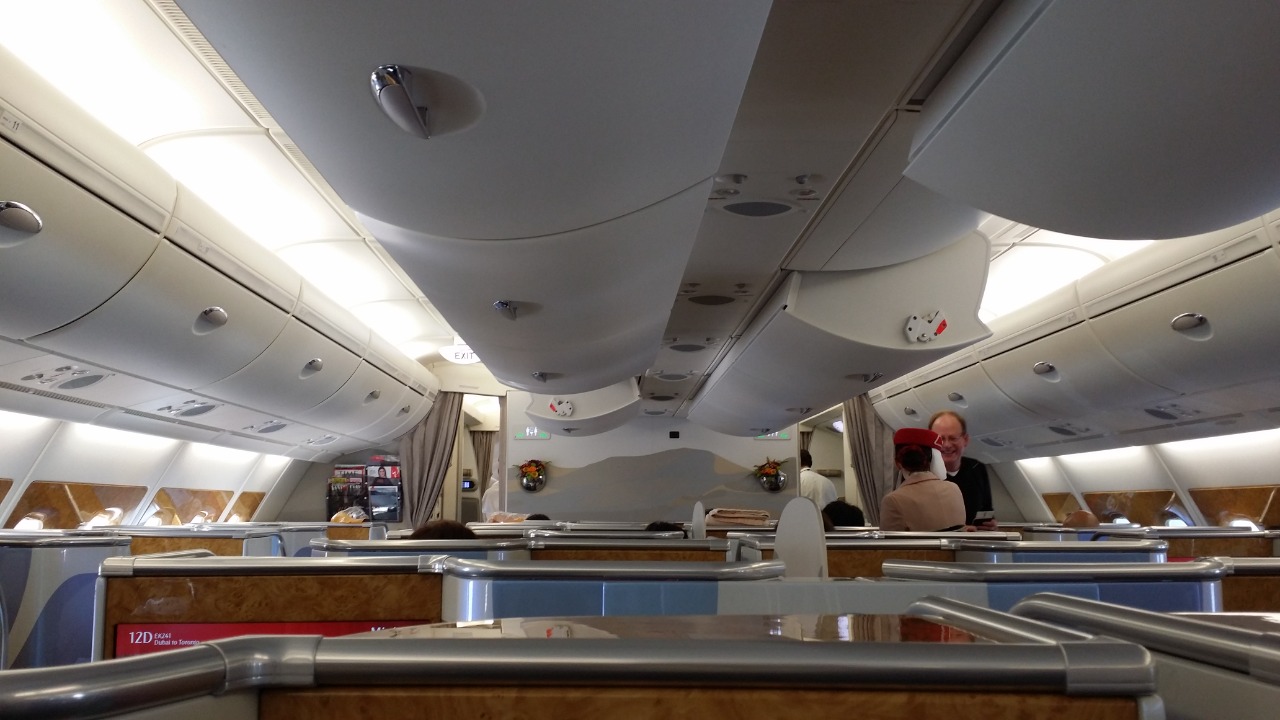
The Airbus A380 is the world’s largest passenger aircraft. With a wingspan of nearly 262 feet, it can carry over 800 passengers. While its size makes it ideal for commercial aviation, it presents challenges for military use, such as requiring longer runways and specialized facilities. The A380’s design emphasizes passenger capacity over military versatility, underscoring the differences in design philosophies.
The Behemoth Zubr-Class LCAC

The Zubr-class LCAC is the largest hovercraft in the world, used by several navies for amphibious operations. At over 187 feet long, it can transport tanks and troops across bodies of water. However, its size limits its operational range and makes it vulnerable to detection. While effective in specific scenarios, the Zubr-class illustrates the trade-offs involved in designing large military vehicles.